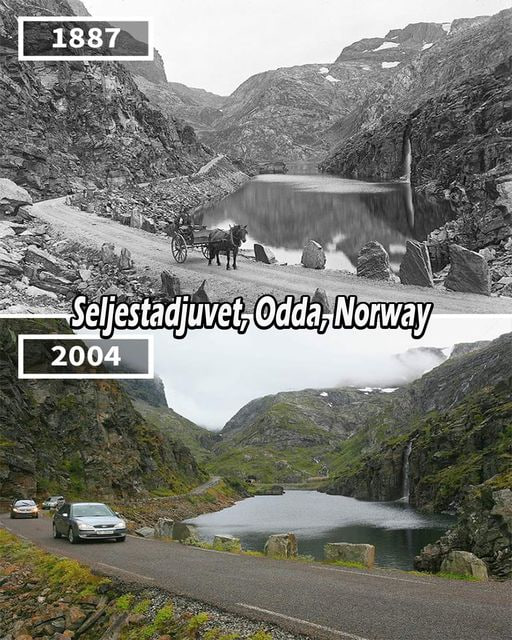Nestled in the heart of the Himalayas, towering above the clouds, stands a testament to human perseverance and the indomitable spirit of exploration—Mount Everest. This majestic peak, piercing the sky at 29,032 feet (8,849 meters), is the highest point on Earth. In this blog post, we embark on a journey to explore the allure, challenges, and natural wonders that surround Mount Everest, a place where both the Earth's grandeur and human ambition reach their zenith.
The Allure of Mount Everest
The Roof of the World: A Singular Destination

Mount Everest is the crown jewel of the Himalayas and holds a unique allure for mountaineers and adventurers from around the globe. Its very name conjures images of awe-inspiring heights and unparalleled vistas.
The Everest Base Camp Trek: A Journey of a Lifetime
One of the most popular ways to experience Everest's majesty is through the Everest Base Camp Trek. This journey takes trekkers through picturesque Sherpa villages, pristine forests, and challenging mountain terrain. The trek culminates at Everest Base Camp, where visitors can gaze upon the formidable peak from a breathtaking vantage point.
Challenges of the Everest Ascent
High Altitude Realities: Battling the "Death Zone"

The ascent of Mount Everest is no ordinary feat. Climbers must contend with extreme altitudes, bone-chilling temperatures, and the notorious "Death Zone" above 26,247 feet (8,000 meters), where oxygen levels are critically low. These challenges make every step towards the summit a test of physical and mental fortitude.
The Sherpas: Unsung Heroes of Everest
The success of Everest expeditions owes much to the Sherpa people, indigenous to the region. Their expertise in navigating the treacherous terrain, their unwavering support, and their deep reverence for the mountain have made them invaluable partners to climbers.
The Natural Wonders Surrounding Everest
The Khumbu Valley: A Pristine Paradise

Mount Everest is not an isolated giant; it is surrounded by a tapestry of natural wonders. The Khumbu Valley, also known as the Sagarmatha National Park, is home to diverse flora and fauna, including rhododendron forests, elusive snow leopards, and the Himalayan tahr.
The Spectacle of Ama Dablam: Everest's Enigmatic Neighbor
Ama Dablam, often called the "Matterhorn of the Himalayas," is a striking peak that captivates climbers and photographers alike. Its elegant spire and formidable reputation make it one of the most iconic neighbors of Mount Everest.
Nature and Place: A Harmonious Coexistence
Conservation Efforts: Protecting the Everest Ecosystem

Efforts to protect the Everest ecosystem are crucial to preserving its natural beauty. Conservation initiatives aim to mitigate the environmental impact of climbers and trekkers, ensuring that future generations can continue to appreciate the awe-inspiring landscapes.
The Sherpa Culture: A Bond with Nature
The Sherpa people, deeply connected to their homeland, maintain a sustainable way of life that harmonizes with the environment. Their reverence for the mountains and their commitment to preserving the natural world set an inspiring example for all who visit.
Conclusion: Mount Everest—A Monument to Nature and Human Aspiration

Mount Everest, with its towering heights and daunting challenges, represents the epitome of human exploration and the majesty of the natural world. It's a place where the boundaries of what we can achieve are tested, and where the beauty of our planet is laid bare. As you stand in the shadow of Everest, you are not just witnessing the grandeur of nature, but also the extraordinary heights that human determination can reach.
In conclusion, Mount Everest is more than just a mountain; it's a testament to the indomitable spirit of exploration and a symbol of our deep connection to the natural world. It reminds us that, despite our many achievements, there are still places on Earth that command our respect and admiration—a reminder that our planet's beauty and mysteries continue to inspire us all.









